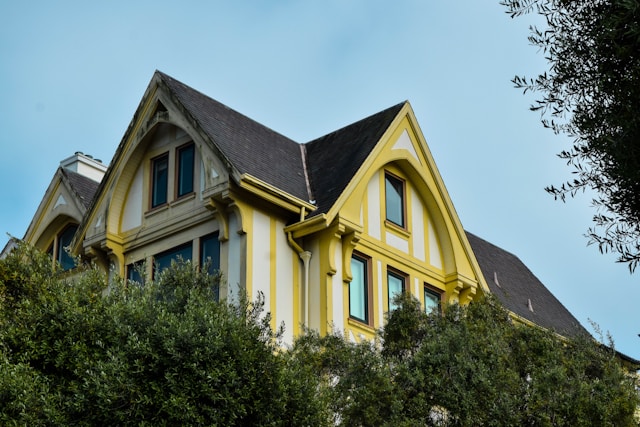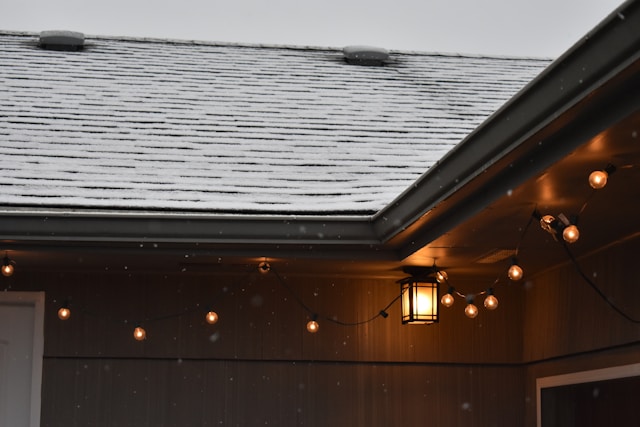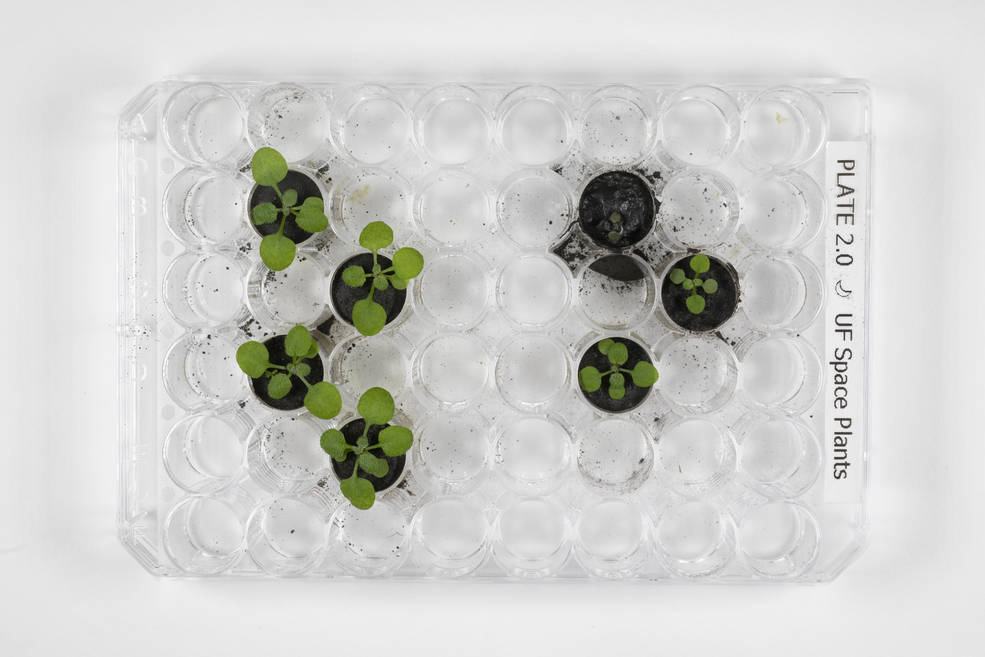When we think of architectural features that define a building’s character, the roof might not immediately come to mind, overshadowed by attention-grabbing facades and grand entrances. However, the true architectural connoisseur knows that the roof is an unsung hero—essential yet often overlooked. In this profound exploration, we will look at how roofs transcend their functional necessity to enrich, harmonize, and sometimes revolutionize the very story and style of a home.
Harmony with Architectural Style
A modern abstract roof, for instance, perched on classical, neo-colonial columns, may well elicit discord akin to a misapplied melody. Conversely, a grand Victorian gable, full of ornate detail, would sag under the pared-down lines of a minimalist modernist structure. Achieving harmony between a home’s architectural style and its roof is about more than just matching epochs – it’s about synchronizing the core themes and principles of design. Each architectural style is a chapter in a vast and diverse encyclopedia. The roof, revealing itself as a lynchpin in style distinctions, must embody the essence of the period or ethos. A high-gabled roof might echo the fairytale-like enchantment of Folk Victorian architecture, while a sprawling, almost non-existent roofline can underscore the clean horizontal emphasis of Prairie School designs.
Color and Texture Integration
A slate roof, for example, cool and echoing tradition, might appear aloof against the warmth of a desert tableau. Asphalt shingles, with their humble and wide-ranging tones, can blend seamlessly with a forested backdrop. Of course, opting for professional roofing services can aid in selecting the right color and texture, with the added benefit of expert installation. But beyond practicalities, a roof’s ability to marry with its surroundings is vital to establishing the tone of a home from block to block. Color selection involves an understanding of both the immediate environment and the broader context of the home’s design. The lustrous patinas of copper can lend an air of perpetuity, while the mottled shades of stone-coated steel may hint at centuries of weathering and character. Texture, much like color, is a language all its own. It speaks to the tactile sense within us and can evoke the natural or constructed world in profound ways.
Shape and Silhouette
The silhouette of a roof, seen from a distance or against the sky, can embody the very soul of a home. The maxim ‘form follows function’ couldn’t be more apt than in discussions of roof shape. A skillion roof, also known as a shed roof, is emblematic of structural efficiency and works well with modern open-concept living. Conversely, a mansard roof, which provides extra living space, is a form more aligned with the opulent chambers of the Second French Empire. The angles that a roof adopts can communicate varying levels of rhythm and emotion. The steep geometry of Gothic architecture conveys a sense of aspiration and verticality, while the concave sweeps of Art Deco roofing can echo the upward surge of modernism itself.

Quality and Craftsmanship
A well-built, enduring roof can become a testament to the mason’s art and the power of human ingenuity. Each roofing material comes with its own traditions and technical aptitudes. Understanding the capabilities and limitations of materials like clay, wood, metal, and fiber cement is crucial in the design process. The demanding climate of a coastal region might call for materials with proven resistance to salt and moisture, whereas the high-UV radiation of a desert climate requires a different set of considerations. The duality of durability and aesthetics must be balanced. A durable roof that forsakes beauty may lack in contributing to the overall architectural appeal, just as a beautiful roof that succumbs to the elements does a disservice to the home.
Innovation and Technology
Sustainability is a key driver of innovation in the roofing industry. The concept of green roofs, which involve installing vegetation atop a building, is rising in popularity. Not only does it provide ecological benefits, but it also alters the very essence of the roof, transforming it into a living, breathing part of the architectural narrative. Solar technology’s integration into roofing materials is a powerful example of form and function coalescing. Every sun-soaked tile becomes a potential energy source, a silent contributor to the home’s ecological footprint.
Scale And Proportion
A domineering, overbearing roof can stifle a structure’s inherent elegance, just as an undersized roof may diminish the grandeur of more imposing facades. Housing is not an isolated entity within the urban fabric; it is part of a system—a neighborhood, a thoroughfare, a cityscape. The scale and form of a roof should play a harmonious role in this urban ballet, ensuring an address’s distinctiveness while synergizing with its built environment. Scale and proportion can’t be divorced from human interaction. A roof that encompasses a dramatic cathedral ceiling or a cozy attic must speak to the human scale, inviting without overwhelming, enclosing without constricting.
In the choral arrangement of architecture, the roof sings a pivotal refrain. It bounds space and shelters life, but beyond its practical applications, it conveys the spirit and story of the domestic landscape. A roof is a metaphor, a canvas, and a canvas speaks volumes about the painting. It behooves architects and homeowners alike to listen to the tale—that of shelter, sanctity, and the visionary potential of the fifth wall.







